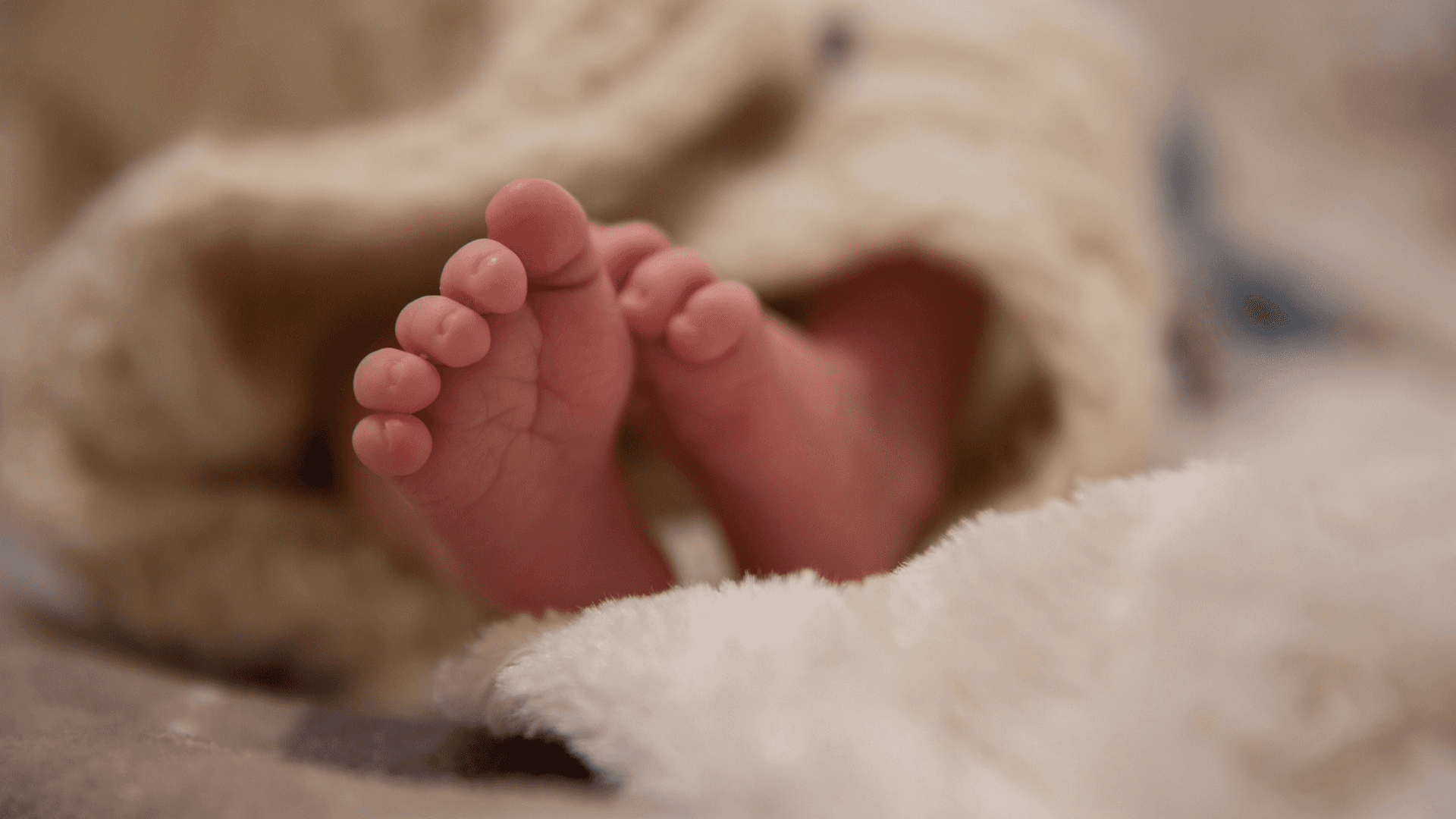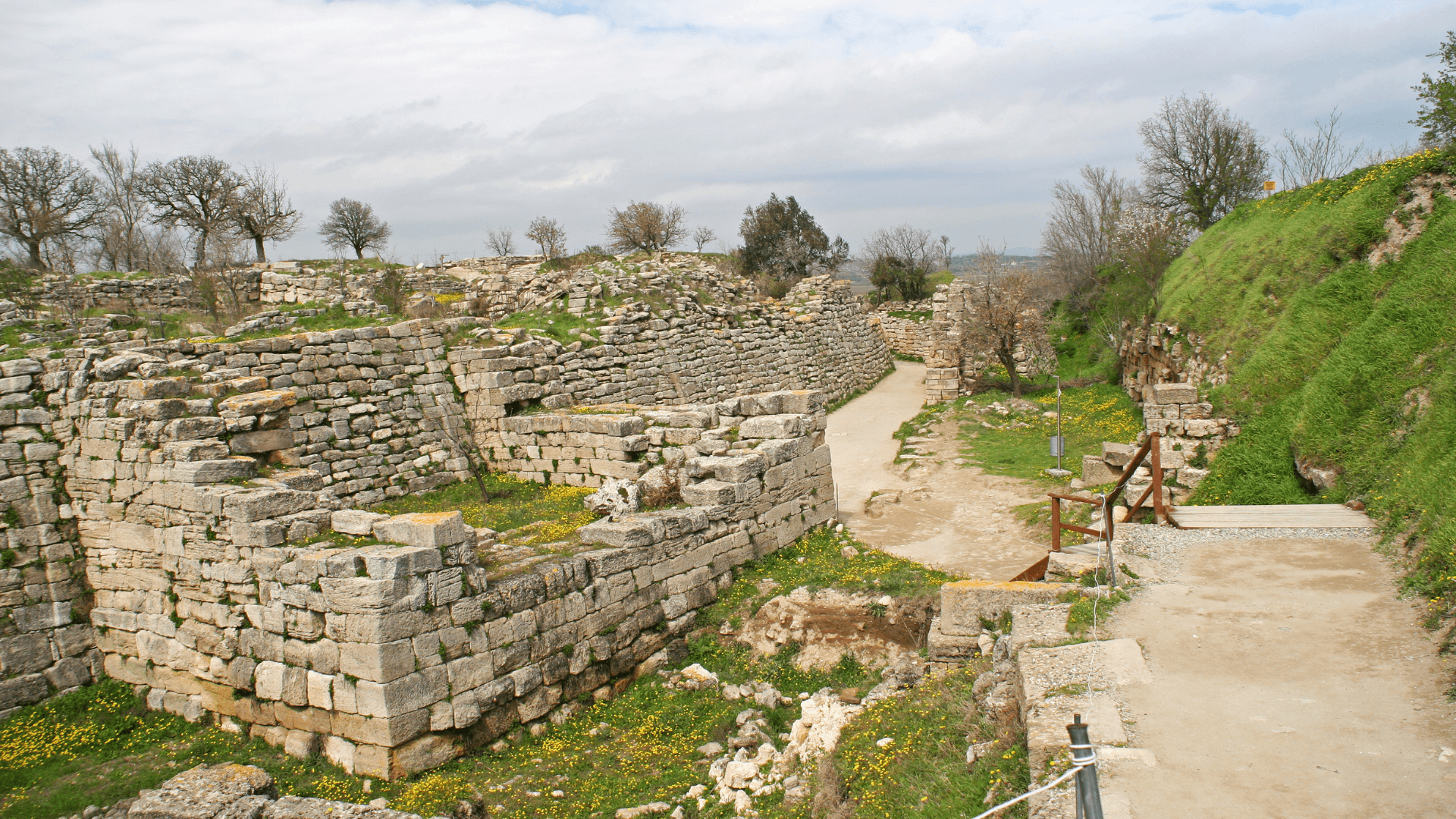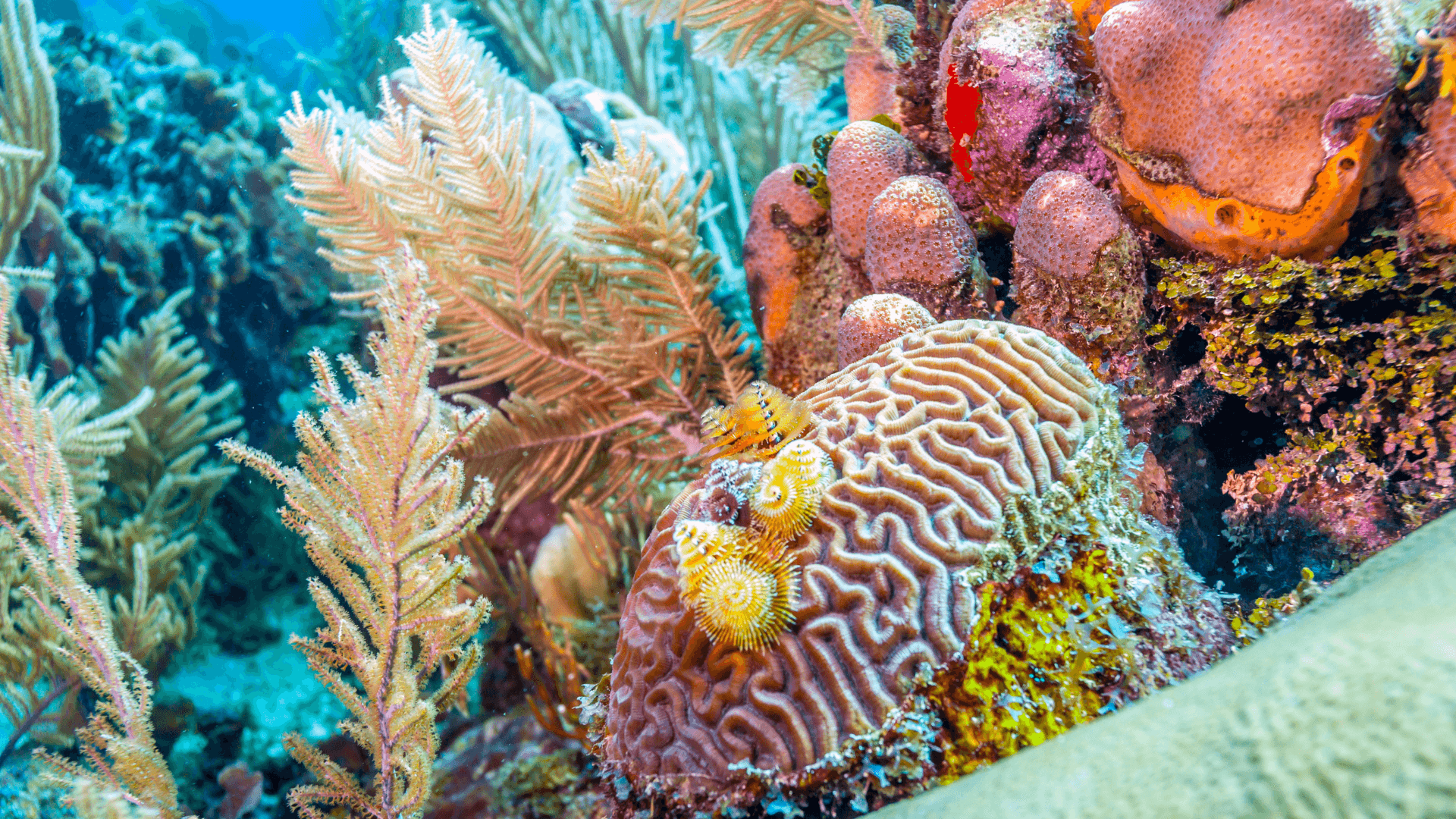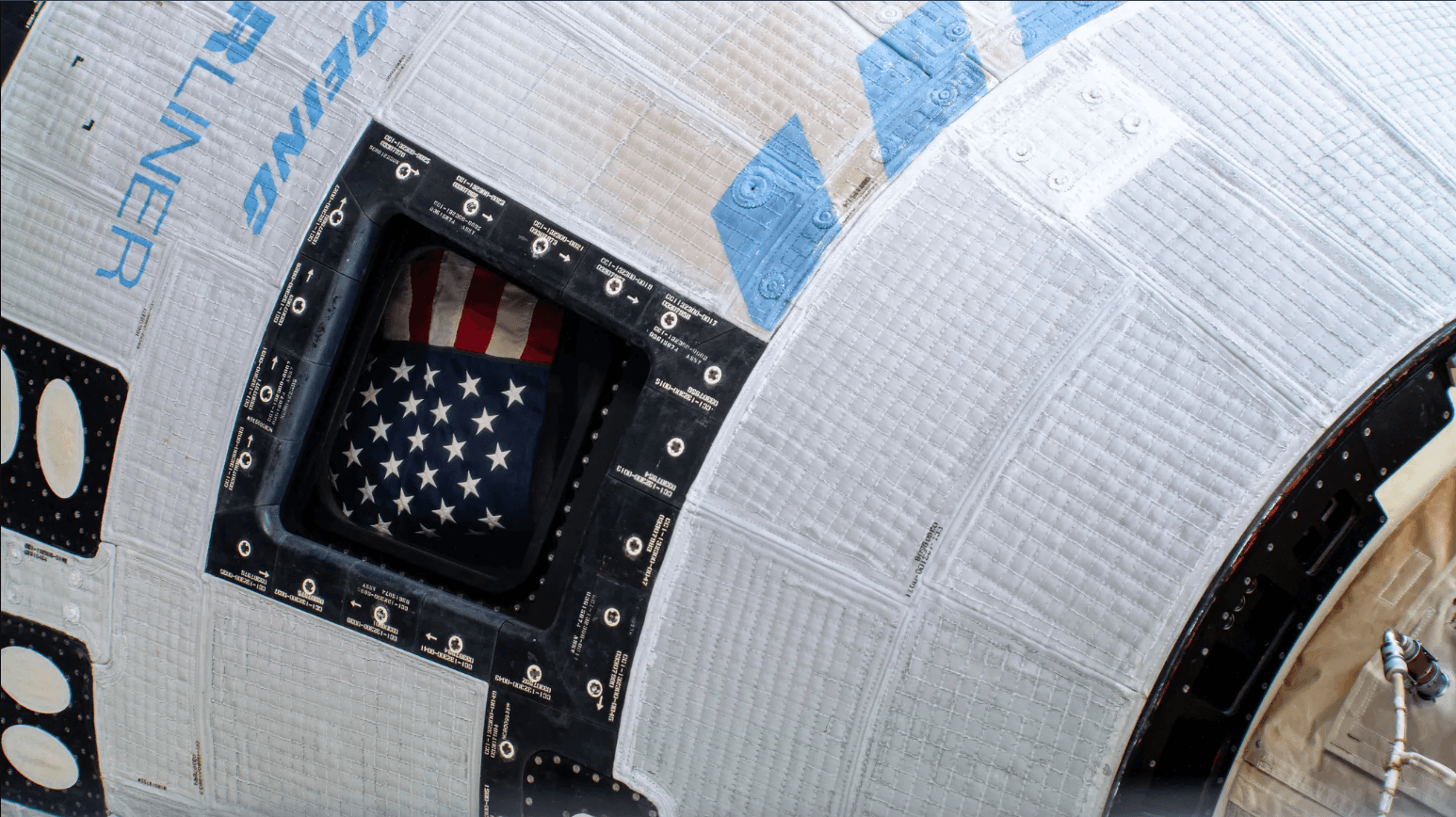Excavation in Denmark Reveals 50 Incredibly Preserved Viking Skeletons
Excavation in Denmark Reveals 50 Incredibly Preserved Viking Skeletons
Excavation in Denmark Reveals 50 Incredibly Preserved Viking Skeletons
Oct 10, 2024
Oct 10, 2024
Oct 10, 2024

Illustrative image. Credit: Meik Schmidt via Pexels.
Illustrative image. Credit: Meik Schmidt via Pexels.
Illustrative image. Credit: Meik Schmidt via Pexels.
Discover how the discovery of 50 well-preserved Viking skeletons in Denmark reveals new insights into Norse life and customs during the Middle Ages.
Discover how the discovery of 50 well-preserved Viking skeletons in Denmark reveals new insights into Norse life and customs during the Middle Ages.
Discover how the discovery of 50 well-preserved Viking skeletons in Denmark reveals new insights into Norse life and customs during the Middle Ages.
Archaeologists in Denmark have made an extraordinary discovery at a large Viking-era burial site near the city of Odense. They found 50 incredibly well-preserved skeletons, promising to provide new information about the lives of the Norse people, known for their seafaring adventures in the Middle Ages.
According to Michael Borre Lundoe, the excavation leader from the Odense Museum, the exceptional preservation of the skeletons is due to high water levels and favorable soil conditions that prevented the decomposition of the remains. "Normally, in Viking tombs, we find only a few teeth and burial objects. But here we have completely preserved skeletons," Lundoe stated.
He noted that the skeletons were so well preserved that, in many instances, the fingers and toes remained intact, creating new opportunities for study. In addition to the skeletons, the discovery includes rare artifacts such as knives, glass beads, and brooches dated between 850 and 970.
Archaeologists believe that most of those buried were part of a small agricultural community, even though a high-status woman was found with a silver-ornamented knife and a piece of glass—a rare item for the time.
The team also collected soil samples to identify pollen traces and determine the season of burial and the types of fabric used by the individuals. An X-ray of a soil block revealed an oval brooch associated with Viking women's attire, covered by wood and human remains. In another brooch, mineralized fabric fragments provided more information about the era's fashion.
Currently, the skeletons have been removed from their graves and carefully packed in cardboard boxes at the museum, where they will be dried before undergoing more detailed analyses.
—
Read the full report on CNN to know more about this archaeological discovery and the new insights about Norse life. Read the complete article here.
Archaeologists in Denmark have made an extraordinary discovery at a large Viking-era burial site near the city of Odense. They found 50 incredibly well-preserved skeletons, promising to provide new information about the lives of the Norse people, known for their seafaring adventures in the Middle Ages.
According to Michael Borre Lundoe, the excavation leader from the Odense Museum, the exceptional preservation of the skeletons is due to high water levels and favorable soil conditions that prevented the decomposition of the remains. "Normally, in Viking tombs, we find only a few teeth and burial objects. But here we have completely preserved skeletons," Lundoe stated.
He noted that the skeletons were so well preserved that, in many instances, the fingers and toes remained intact, creating new opportunities for study. In addition to the skeletons, the discovery includes rare artifacts such as knives, glass beads, and brooches dated between 850 and 970.
Archaeologists believe that most of those buried were part of a small agricultural community, even though a high-status woman was found with a silver-ornamented knife and a piece of glass—a rare item for the time.
The team also collected soil samples to identify pollen traces and determine the season of burial and the types of fabric used by the individuals. An X-ray of a soil block revealed an oval brooch associated with Viking women's attire, covered by wood and human remains. In another brooch, mineralized fabric fragments provided more information about the era's fashion.
Currently, the skeletons have been removed from their graves and carefully packed in cardboard boxes at the museum, where they will be dried before undergoing more detailed analyses.
—
Read the full report on CNN to know more about this archaeological discovery and the new insights about Norse life. Read the complete article here.
Archaeologists in Denmark have made an extraordinary discovery at a large Viking-era burial site near the city of Odense. They found 50 incredibly well-preserved skeletons, promising to provide new information about the lives of the Norse people, known for their seafaring adventures in the Middle Ages.
According to Michael Borre Lundoe, the excavation leader from the Odense Museum, the exceptional preservation of the skeletons is due to high water levels and favorable soil conditions that prevented the decomposition of the remains. "Normally, in Viking tombs, we find only a few teeth and burial objects. But here we have completely preserved skeletons," Lundoe stated.
He noted that the skeletons were so well preserved that, in many instances, the fingers and toes remained intact, creating new opportunities for study. In addition to the skeletons, the discovery includes rare artifacts such as knives, glass beads, and brooches dated between 850 and 970.
Archaeologists believe that most of those buried were part of a small agricultural community, even though a high-status woman was found with a silver-ornamented knife and a piece of glass—a rare item for the time.
The team also collected soil samples to identify pollen traces and determine the season of burial and the types of fabric used by the individuals. An X-ray of a soil block revealed an oval brooch associated with Viking women's attire, covered by wood and human remains. In another brooch, mineralized fabric fragments provided more information about the era's fashion.
Currently, the skeletons have been removed from their graves and carefully packed in cardboard boxes at the museum, where they will be dried before undergoing more detailed analyses.
—
Read the full report on CNN to know more about this archaeological discovery and the new insights about Norse life. Read the complete article here.


















